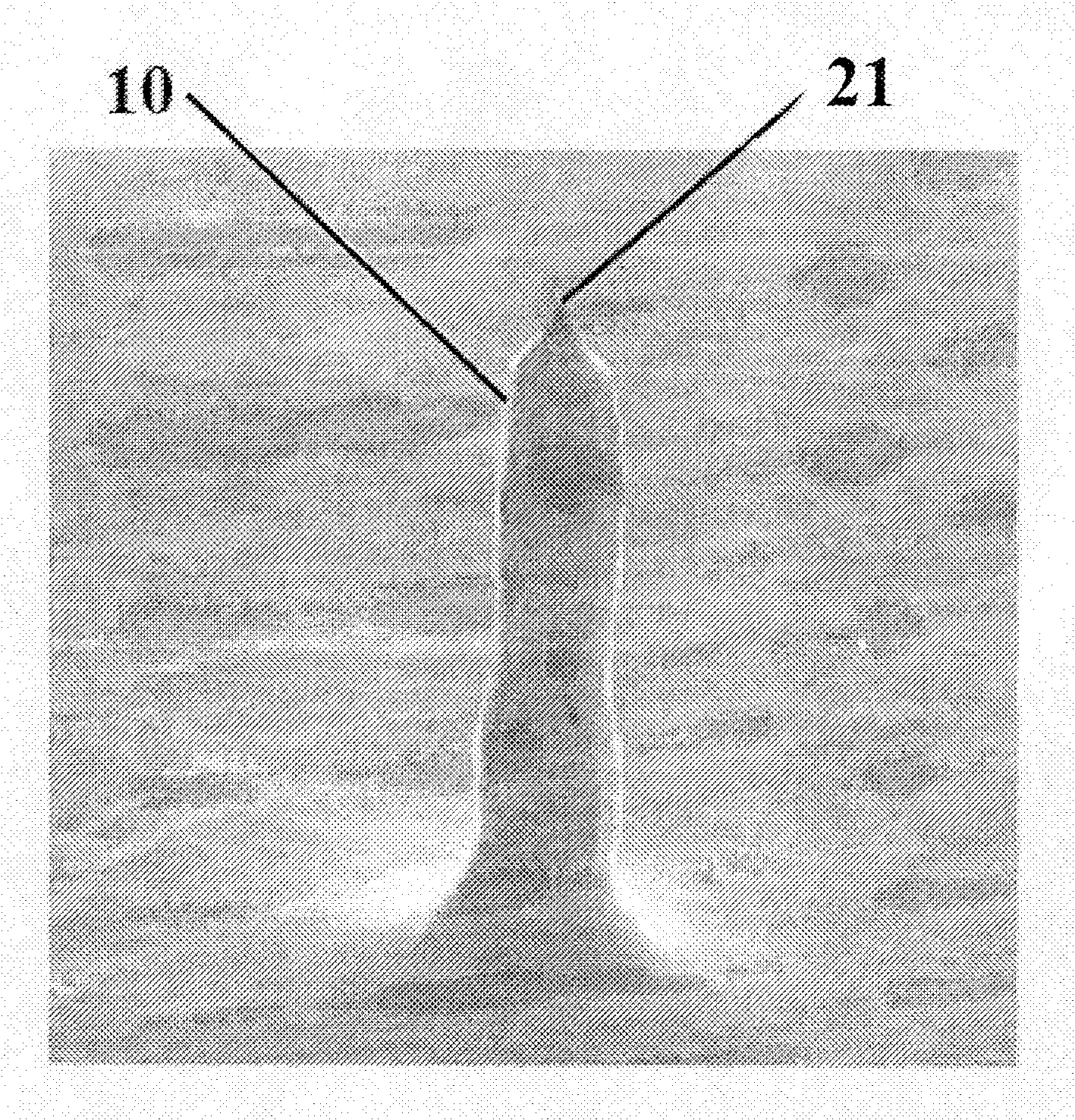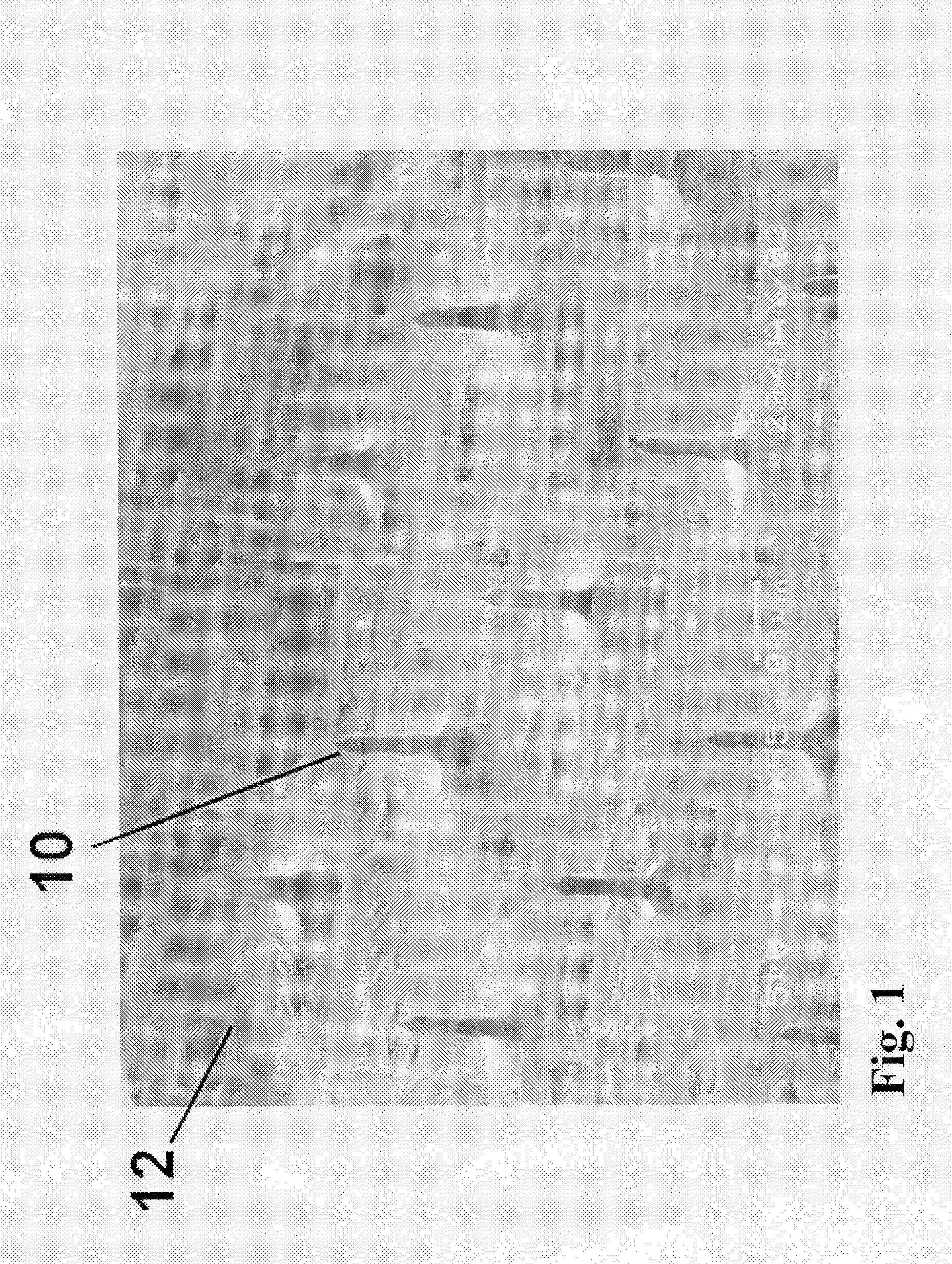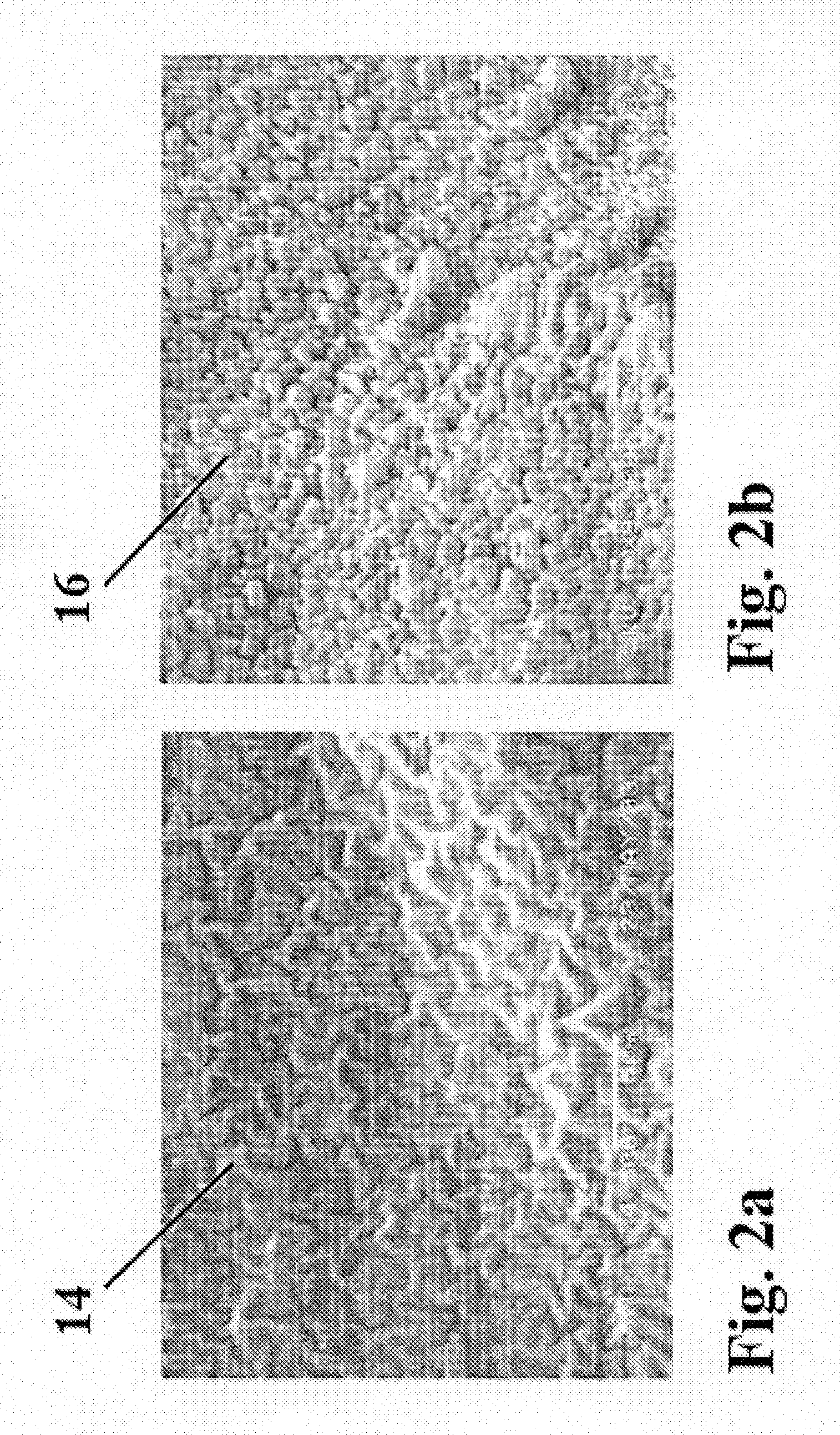Method of utilizing MEMS based devices to produce electrospun fibers for commercial, industrial and medical use
a technology of electrospun fibers and mems, applied in the field of fiber production, can solve the problems of not being able to construct a mechanical means or spin a fiber that has a mean diameter of micrometers, let alone nanometers, and not being able to mechanically produce microfibers
- Summary
- Abstract
- Description
- Claims
- Application Information
AI Technical Summary
Benefits of technology
Problems solved by technology
Method used
Image
Examples
Embodiment Construction
[0014]Electrostatic fiber spinning, or “electrospinning,” is a technology that uses electric fields to produce nonwoven materials which are unparalleled in their porosity, high surface area, and the fineness and uniformity of their fibers. The diameters of electrospun fibers are typically hundreds of nano-meters, one to two orders of magnitude smaller than fibers produced by conventional extrusion techniques. These fibers are attracting considerable interest in a wide range of applications, including filters, membranes, composites and biomimetic materials. Despite this surge in interest, the essential features of the process responsible for the formation of such fine fibers have proved elusive to both scientific understanding and engineering control.
[0015]Typically the sub-micron diameter fibers are produced from an aqueous solution by electrospinning and collected as a nonwoven fabric when a charged fluid jet is accelerated down an electric field gradient, solidified, and deposited...
PUM
| Property | Measurement | Unit |
|---|---|---|
| diameters | aaaaa | aaaaa |
| mean diameter | aaaaa | aaaaa |
| mean diameter | aaaaa | aaaaa |
Abstract
Description
Claims
Application Information
 Login to View More
Login to View More - R&D
- Intellectual Property
- Life Sciences
- Materials
- Tech Scout
- Unparalleled Data Quality
- Higher Quality Content
- 60% Fewer Hallucinations
Browse by: Latest US Patents, China's latest patents, Technical Efficacy Thesaurus, Application Domain, Technology Topic, Popular Technical Reports.
© 2025 PatSnap. All rights reserved.Legal|Privacy policy|Modern Slavery Act Transparency Statement|Sitemap|About US| Contact US: help@patsnap.com



